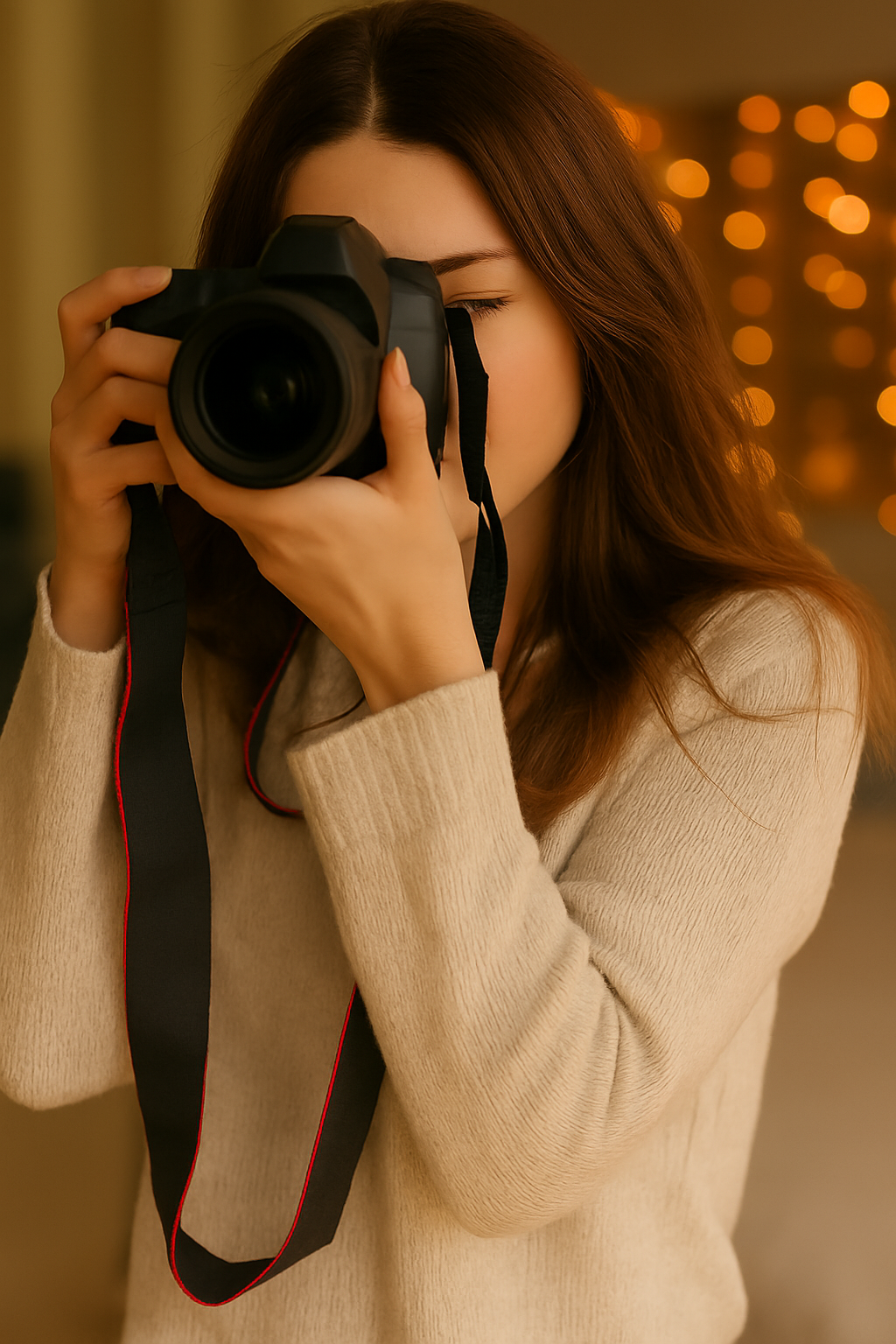When it comes to kit, photography is first and foremost about the lens. Sure, the digital sensor in the camera has an influence on the quality of the image, but not to the same extent that the lens does. Personally, I always think that any available budget should be spent on the optics rather than the camera body. Or better still, create your own.
Modern lenses: sharp but almost too perfect
Modern lenses, especially those for the pro market, are exceptionally sharp when it comes to image quality; from corner to corner at any aperture, exhibiting good contrast and colour reproduction, no distortions, with totally acceptable chromatic aberrations (colour shifting at high contrast points) and vignetting (dark corners). However, for all these reasons, they can also be a bit too clinical in their perfection.
Capture an era with a manual focus lens
I’m quite the fan of sticking any piece of random glass to the front of my DSLR. I have numerous manual focus lenses from the pre auto-focus era, all of which capture imagery in their own charming manner, which reminds us just how much a particular lens element can influence the image. It’s quite amazing really how they vary in their ability to render colour and contrast, often producing photographic results which are entirely reminiscent of the era they were built in.
In addition, these lenses often have poor or no lens coatings, so their tendency to flare negates any need for post-production filters. Try getting a modern quality lens to flare and you know you’ve taken it to its limits, whereas the old school optics seem to flare under any conditions.
Use any old optic
But over and above these wonderful retro manual focus lenses, you can strap just about any optic, which is capable of focusing an image, onto the sensor. A magnifying glass would work, fix it to the end of a light-tight tube and attach that to the body of the DSLR.
I was recently at a jumble sale where I found an old brass projector lens; my guess would be that it’s from the 1920s or earlier. It only has two lens elements (most lenses we’re familiar with would have six or more), no variable aperture, certainly no lens coatings, and that rather quirky “stick and wheel” focus mechanism. I couldn’t wait to attach it to the front of my DSLR.
In order to achieve this I needed some way of rigidly attaching it, so I used duct tape to fix it to an extension ring (which had the correct mount at one end to fix to my camera’s body). The lens obviously couldn’t “talk” to my camera, which was subsequently unable to suggest a correct exposure, but this was quickly overcome by a bit of trial and error.
The results
The focal length of the lens is somewhere in the region of 60mm, and naturally has quite a wide and fast aperture, probably around F2. Focusing with the little side wheel was awkward. The best way to achieve focus was to get close to the subject and then simply move forwards or backwards to achieve the final precision.
What I’ll be testing next is to see how it handles portraiture. I’m hoping for vignetting and flattering soft-focus, and will be very interested in how it handles skin tones. I can imagine too that the results will be very suggestive of a bygone age, especially if processed in black and white or a sepia tone.
So I would encourage you to try out any optic you can find. Remember, you’re not looking for perfection, simply a different method of focusing your image and the potential realisation that all optics reproduce our world in their own, potentially charming, manner. Please let us know if you manage to produce any interesting results, and what optics you used to achieve this.

